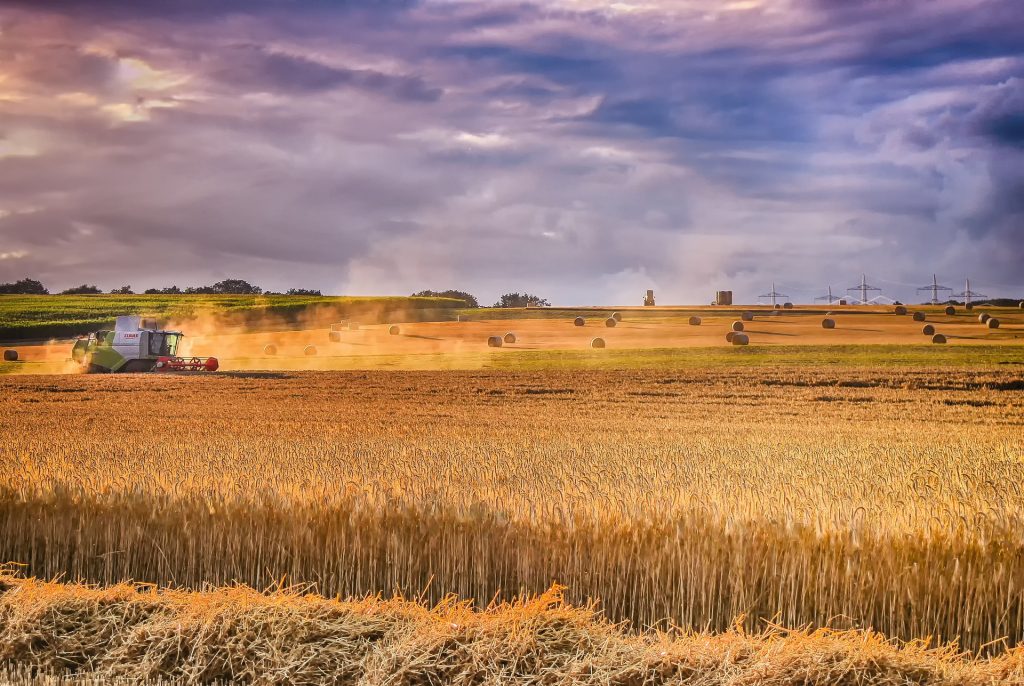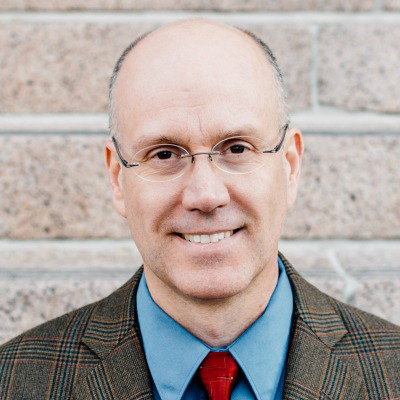
CSU leads national greenhouse gas inventory’s ag emissions monitoring
Original article by Jayme DeLoss can be found here in CSU Source

To tackle climate change and prove whether emission-reduction programs are working, governments need to track greenhouse gas emissions. Colorado State University developed and leads a key component of the U.S. government’s greenhouse gas inventory, which informs policy and is instrumental for climate mitigation and negotiations.
In collaboration with the USDA Agricultural Research Service, CSU analyzes data on management and associated greenhouse gas emissions from U.S. agricultural lands, which constitute 52% of U.S. land area, according to USDA data from 2021. CSU is a major contributor to an annual report compiled by the U.S. Environmental Protection Agency that is sent to the UN Framework Convention on Climate Change and will be used to measure progress toward the Paris Agreement goal of 50% emission reductions by 2030.
“Our job with the inventory is to track those changes and quantify the reductions,” said Stephen Ogle, one of the inventory’s architects, who is a senior research scientist at CSU’s Natural Resource Ecology Laboratory and professor in the Department of Ecosystem Science and Sustainability. “We have a fairly sophisticated approach using a process-based model that was developed here at CSU.”
The Natural Resource Ecology Lab, in the Warner College of Natural Resources, has a long history of soil research and modeling soil processes, including the carbon and nitrogen processes that drive carbon stock changes and other greenhouse gas emissions.
“The U.S. government sought out NREL because they knew this was one of the main places in the country that had the expertise to do the work,” Ogle said.

Global impact
The Intergovernmental Panel on Climate Change sets the guidelines for national greenhouse gas inventories, and Ogle had a hand in their design as well. In 2006, Ogle and Keith Paustian, a University Distinguished Professor of Soil and Crop Sciences, were among the lead authors on a report that overhauled the IPCC’s inventory guidelines.
As a result, Ogle and Paustian shared the 2007 Nobel Peace Prize with thousands of other IPCC authors and former U.S. Vice President Al Gore for their efforts to measure and counteract climate change.
Ogle started working on the inventory as a postdoctoral researcher under Paustian in 2000. The initial inventories developed at CSU in the late 1990s were based on average global conditions.
“Any one country can be quite different from those global conditions,” Ogle said, “so I came in to refine that and make it more U.S. specific.”
Ogle’s collaborators in developing greenhouse gas accounting techniques have included Paustian, Professor Emeritus William Parton, Professor Emeritus Jay Breidt and USDA scientist Stephen Del Grosso.
Expanded investment
The Inflation Reduction Act, signed into law in August 2022, allocated $19.5 billion over five years for climate-smart agriculture, including conservation and carbon sequestration programs. Ogle and his team were awarded a nearly $1 million cooperative agreement by the USDA Office of the Chief Economist to track greenhouse gases for these new programs.
“Our job at CSU will be monitoring those and providing the government with the data about how well this program’s working,” Ogle said.
NREL has hired several scientists to continue to improve the inventory “to make sure we’re quantifying all the good work that’s going on to reduce emissions,” Ogle said.
The EPA also is working to extend their ongoing support of NREL to conduct the national greenhouse gas inventory of agricultural lands for another five years. With this renewed investment, NREL will continue to refine the inventory.
How does it work?
CSU’s DayCent, short for Daily Century Model, simulates carbon and nitrogen changes among the atmosphere, vegetation and soil. The model was calibrated using on-site measurements.
DayCent is applied across the U.S. using a variety of data sets – chief among them is the USDA Natural Resources Inventory, a land use survey. USDA Conservation Assessment Effects Project data, agricultural resource management surveys, and remote-sensing data also contribute to the inventory.
By knowing how the land is used (the type of crops planted, fertilization rates and amount of irrigation) or converted (wetland converted to grassland or forest converted to settlement, etc.), the model can calculate carbon stock changes for 500 million hectares, or 1.2 billion acres, of agricultural land across the U.S.
Longtime leaders
Scientists in CSU’s College of Agricultural Sciences and Warner College of Natural Resources already were established as leaders in soil research and biogeochemical cycling when Ogle joined the University in 2000.
“There’s 50 years or more of expertise in this area,” Ogle said. “Lots of people have worked on it over the years.”
A degree program in the Department of Ecosystem Science and Sustainability aims to ensure that CSU continues to produce leaders in greenhouse gas accounting. Ogle and Department Head Richard Conant founded a professional science master’s degree with a carbon management track to train the next generation of experts in emissions management and reduction.
Governments can’t successfully mitigate climate change without experts to guide emission-reduction efforts, Ogle said.
“We really need professionals out there leading the way with all these entities, whether it be local governments or corporations, to help them reduce their emissions.”